
In the vast world of wine, few varietals possess the enigmatic allure and global reverence as Pinot Noir. Often described as the "heartbreak grape" due to its delicate nature and finicky temperament, Pinot Noir has nevertheless risen to the pinnacle of the wine industry, earning its place as one of the most significant and cherished grape varieties in the world. In this in-depth guide, we embark on a journey to explore the nuances, history, and unparalleled significance of Pinot Noir wines, a varietal that has captured the hearts and palates of wine enthusiasts, connoisseurs, and vintners alike.
In this guide, we delve into the heart of Pinot Noir, uncovering its history, terroir-driven expressions, and the unparalleled significance it holds within the wine industry. From the vine to the glass, we will explore the meticulous craftsmanship required to coax out its delicate aromas and flavors, and we will unravel the magic that makes Pinot Noir wines a symbol of elegance, complexity, and refinement.
So, join us on this epicurean adventure as we uncork the bottle, savor the aroma, and sip the essence of Pinot Noir, a wine that has not only enchanted palates but has also left an indelible mark on the rich tapestry of winemaking history.
Pinot Noir is a celebrated red wine variety, revered for its enchanting profile and unique characteristics. Originally hailing from the Burgundy region of France, the Pinot Noir grape has spread worldwide, producing wines noted for their complexity, elegance, and finesse. The Pinot Noir grape itself is thin-skinned and cone-shaped, contributing to the wine's lighter color and body. Its cultivation and vinification are challenging due to its sensitivity to various environmental factors, which makes wines crafted from Pinot Noir particularly prized.
The versatility of Pinot Noir shines through in its pairing capabilities. Its bright acidity, moderate alcohol content, and complex profile make it an excellent match for poultry, pork, grilled vegetables, and fish like salmon. It's equally at home accompanying a creamy cheese platter or enriching the flavors of a hearty beef stew. Choosing a bottle of Pinot Noir is not merely a selection of wine; it's an engagement with a sensorial adventure that mirrors the art and allure of winemaking. Each sip is a testament to the soil, climate, and tradition of its region, offering a delightful and distinctive experience waiting to be unveiled.
The journey of crafting the elegant and alluring Pinot Noir wines is intricate and fascinating. The winemaking process of Pinot Noir begins with careful cultivation of Pinot Noir grapes, predominantly grown in cooler regions to bring out their unique characteristics. Prior to fermentation, there are essential steps that lay the groundwork for the exquisite wine that eventually graces your glass.
The initial steps include harvesting, where the grapes are picked at the optimal time to achieve the desired balance of sugar and acidity. Following harvesting, the grapes undergo sorting to remove any damaged or underripe fruits. Then comes the destemming process, where the grapes are separated from their stems to avoid excessive tannins in the wine. Afterward, the grapes are gently crushed to release their juices, setting the stage for fermentation.
Fermentation is a pivotal phase in winemaking where the grape sugars are converted into alcohol by yeast, giving life to wine. Different fermentation techniques deeply influence the flavor, aroma, and texture of Pinot Noir wines, marking the distinction between traditional and modern approaches.
Once fermentation concludes, Pinot Noir wines undergo aging to develop and refine their flavors. Aging is a crucial stage where the wine absorbs character from the vessels and undergoes subtle chemical changes that enhance its complexity and balance.
Bottling is the final step in the winemaking process. Prior to bottling, the wine might undergo fining and filtration to remove any impurities and clarify its appearance. These processes, however, are optional, and some winemakers choose to skip them to retain the wine's authentic character and body.
Once ready, the wine is transferred into bottles using specialized equipment that minimizes exposure to oxygen, thus preserving its freshness and integrity. The type of closure—whether traditional cork, screw cap, or alternative synthetic stoppers—is selected to align with the wine’s intended aging potential and the winemaker’s philosophy.
It is crucial to note that even after bottling, Pinot Noir continues to evolve in the bottle, with its flavors and aromas unfolding and intertwining over time. Patience is rewarded as the wine reveals its nuances and subtleties, offering a captivating sensory experience to those who cherish this remarkable varietal.
But, how to describe Pinot Noir wine profile? Well, the sensory profile of Pinot Noir wines is complex and enchanting, weaving a tapestry of scents, flavors, and visuals that captivate wine enthusiasts worldwide. The delicate grape varietal demands meticulous attention during the winemaking process, which, when done with care, yields a wine with a distinctive and appealing sensory profile. This section explores the aromatic, gustatory, and visual characteristics of Pinot Noir, as well as the transformation it undergoes with aging.
Pinot Noir is renowned for its strikingly diverse array of aromas and flavors, influenced by its terroir, the climate of the vineyard, and the techniques employed during winemaking. The aromatic profile is broad, often encompassing fruity, earthy, and spicy notes, while the palate can range from light and graceful to rich and structured.

The palate of Pinot Noir is equally engaging, characterized by its bright acidity and soft, silky tannins. The wine’s flavors often mirror its aromatic profile, with red fruit flavors dominating, complemented by nuances of spice, earth, and oak, particularly if the wine has been aged in barrels. The balance and interplay of acidity, tannins, and flavors make Pinot Noir exceptionally food-friendly, pairing well with a variety of dishes.
1. Primary Taste Notes (Derived directly from the grape variety and fermentation process):
2. Secondary Taste Notes (Developed during winemaking, fermentation, and early aging):
3. Tertiary Taste Notes (The result from extended aging and bottle aging):

The evolution of Pinot Noir with age is a captivating process that gradually reveals the wine’s depth and intricacy. While many Pinot Noirs are designed to be enjoyed young, when their fruit profiles are vibrant and expressive, others possess the structure and balance necessary for extended aging.
Aging Pinot Noir is an art, and the optimal time to open a bottle depends on individual preferences for fruit intensity versus developed, aged characteristics. Some wine enthusiasts derive joy from the energetic and fruit-forward profile of young Pinot Noir, while others savor the sophisticated, multi-layered experience offered by a well-aged bottle. Whether young or old, Pinot Noir is a wine that delights the senses with its aromatic and flavor complexity, visual allure, and silky mouthfeel.
Pairing food with Pinot Noir is an exquisite journey of exploring tastes and aromas that complement and enhance each other, creating a harmonious and delightful dining experience. Pinot Noir, known for its versatile and elegant profile, pairs wonderfully with a myriad of dishes, reflecting its global appeal and the culinary diversity it supports. This section guides you through recommended dishes from various cuisines and essential factors to consider ensuring a perfect Pinot Noir pairing.
The characteristics of Pinot Noir makes it a very versatile wine, allowing to pair it seamlessly with a variety of foods from different cuisines around the world, offering an inclusive experience for all, including vegan enthusiasts.
While selecting dishes to pair with Pinot Noir, it’s crucial to consider the wine’s sensory profile. The wine's light to medium body, vibrant acidity, and complex flavor palette make it suitable for dishes that mirror these characteristics. From meat-based entrées to vegan delights, Pinot Noir is a delightful companion to many meals.
International Cuisine Dishes:
Vegan Pairings

Achieving a successful pairing between food and Pinot Noir requires thoughtful consideration of various factors that influence how the wine interacts with the dish. Each element of the wine and food can either enhance or clash with each other, making it essential to understand their dynamics for a delightful pairing experience.
With these considerations and recommendations in mind, pairing Pinot Noir with food becomes an engaging and rewarding adventure, unveiling new dimensions of flavors and textures that delight the palate and celebrate the magic of food and wine synergy. Whether you are a meat lover, vegetarian, or vegan, there’s a perfect Pinot Noir pairing waiting to be discovered and savored.
The prestigious Pinot Noir grape finds its expression in various esteemed wine regions around the globe, each providing unique environmental conditions that influence the grape’s development and the resulting wine's character. In this section, we will delve deeply into the major Pinot Noir producing regions, exploring the distinctive styles and specific characteristics that each region imbues into its wines, offering wine enthusiasts a compass to navigate through the alluring world of Pinot Noir.
The geography, climate, and soil composition of a wine region play pivotal roles in shaping the profile of Pinot Noir wines. Each major producing region imparts its signature touch, crafting wines that are reflective of their terroir and winemaking heritage. Below is a concise exploration of these renowned regions and the wines they yield.

Mastering the intricacies of serving and storing Pinot Noir is vital for optimizing your experience with this illustrious wine. The nuances in serving temperature, decanting practices, and storage conditions profoundly impact the wine’s aromatic expression, flavor profile, and overall presentation. This section is designed to guide you through these critical aspects, ensuring that your Pinot Noir is enjoyed in its best possible condition.

Serving temperature is paramount in showcasing Pinot Noir's delicate and nuanced profile. Too cold, and the wine's intricate aromas and flavors will be muted; too warm, and the wine may come off as flat and overly alcoholic. The ideal serving temperature for Pinot Noir is between 55°F to 60°F (13°C to 16°C). At this range, the wine's delightful bouquet of red fruits, earthy notes, and subtle spices will elegantly unfold, while its bright acidity and soft tannins will be in harmonious balance on the palate.
Decanting Pinot Noir can enhance your tasting experience by allowing the wine to breathe and open up, revealing its full spectrum of aromas and flavors. Here are crucial considerations for decanting this exquisite variety:
Preserving the integrity and quality of Pinot Noir over time demands specific storage considerations. Adhering to these guidelines will ensure that your wine ages gracefully and is stored under optimal conditions:
By paying careful attention to serving and storage details, you elevate your enjoyment of Pinot Noir, allowing this enchanting wine to express its truest and most delightful character. Whether you're savoring a young, lively bottle or a mature, complex one, these guidelines will help you appreciate the art and science behind preserving and presenting Pinot Noir in its glorious entirety.
Pinot Noir and Gamay are admired red wines, each offering distinct yet approachable profiles. While they share various similarities, they also present unique differences that define their individual characters. Below, you'll find an organized look at their similitudes and differences.
Recognizing the similarities and differences between Pinot Noir and Gamay allows enthusiasts to appreciate the unique charm each wine brings to the table. Their shared characteristics make them beloved choices for those who prefer light-bodied reds, while their differences offer a delightful spectrum of options for exploration and enjoyment by wine aficionados around the globe.
Sustainability in wine production is a crucial consideration for both consumers and producers, and Pinot Noir is no exception. With the wine industry increasingly prioritizing eco-friendly practices, many Pinot Noir producers are adopting sustainable approaches in vineyard management and winemaking to preserve the environment and ensure the longevity of their vineyards.
As we conclude our comprehensive exploration into the world of Pinot Noir wines, it’s compelling to look forward and envision the future landscape for this beloved varietal. With its rich history, elegant aromas, fruity flavor profile, and global allure, Pinot Noir undeniably holds a special place in the hearts of wine enthusiasts and professionals alike.
As we gaze into the future, it’s clear that Pinot Noir will continue to enchant and engage wine lovers around the world. Its tapestry of styles, from the ethereal and elegant to the robust and fruit-forward, offers something for every palate and occasion. The ongoing dialogue between tradition and innovation in the vineyard and winery promises exciting developments and expressions yet to be discovered and savored.
Whether you are embarking on your Pinot Noir journey or have long cherished this captivating varietal, the future is bright and inviting. With each bottle opened and glass poured, the story of Pinot Noir unfolds a little more, revealing the depth, nuance, and magic held within its ruby-red depths. Here’s to the continued exploration and enjoyment of Pinot Noir, a wine that truly embodies the art and soul of winemaking. Cheers!

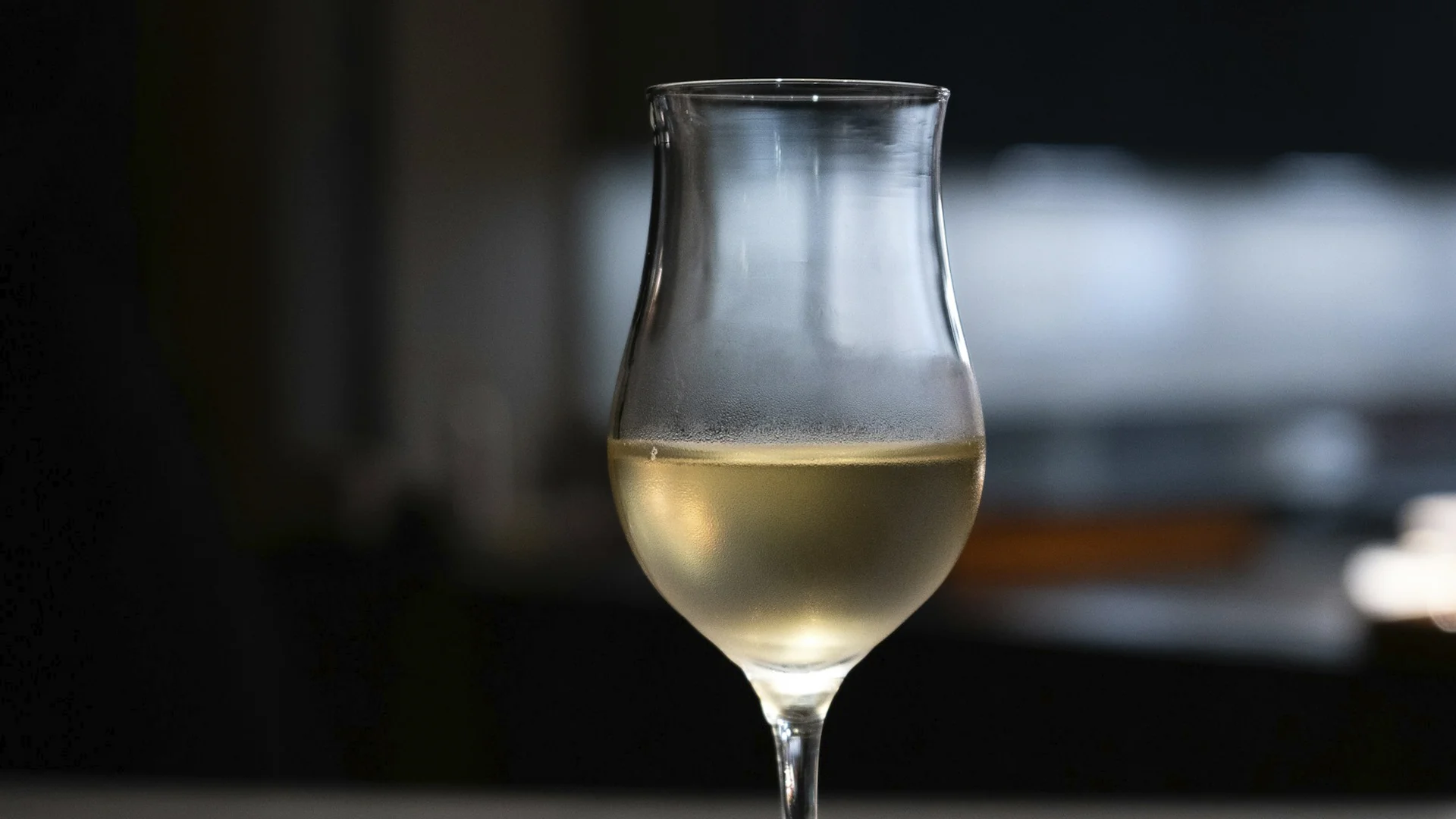
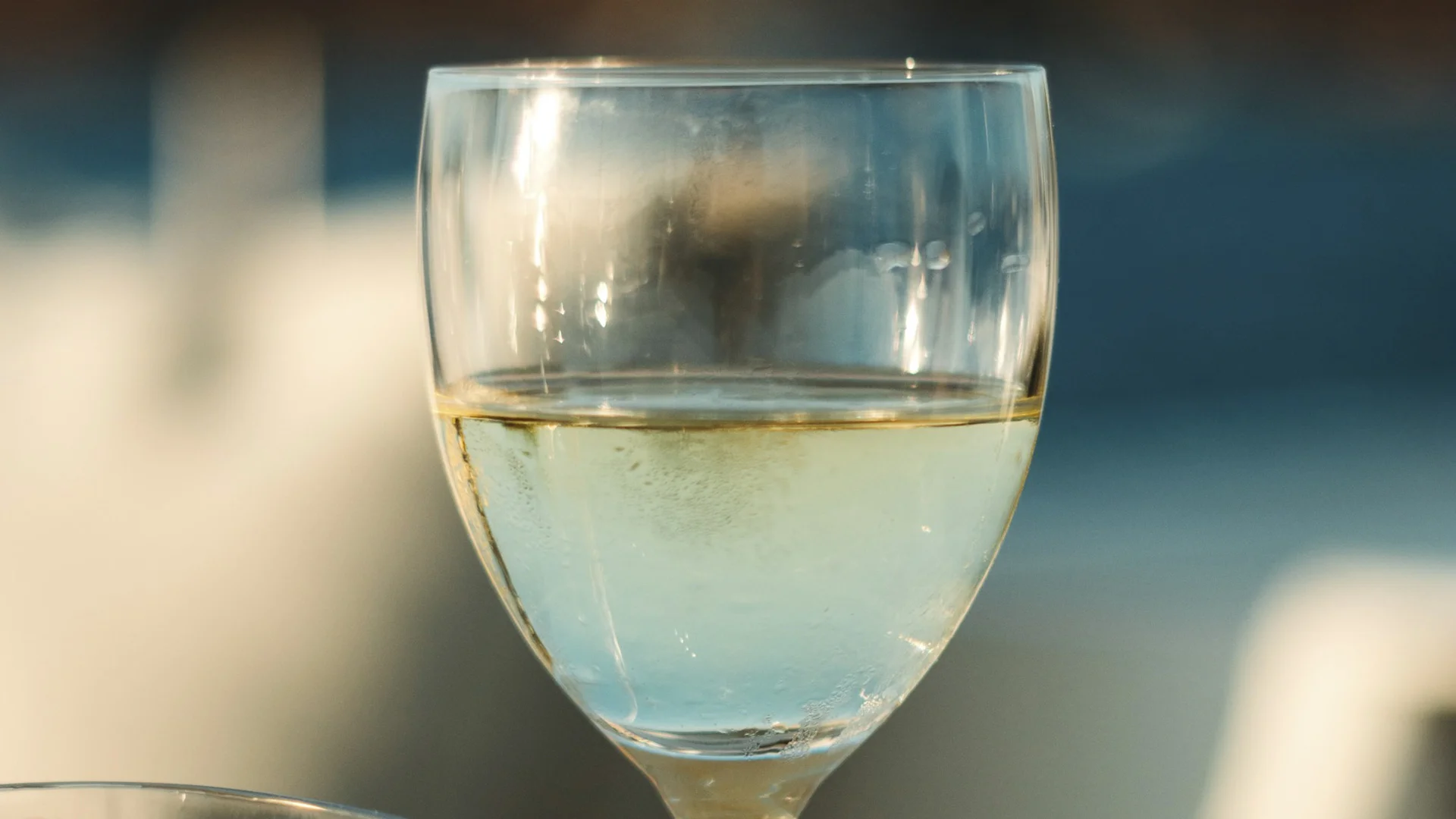

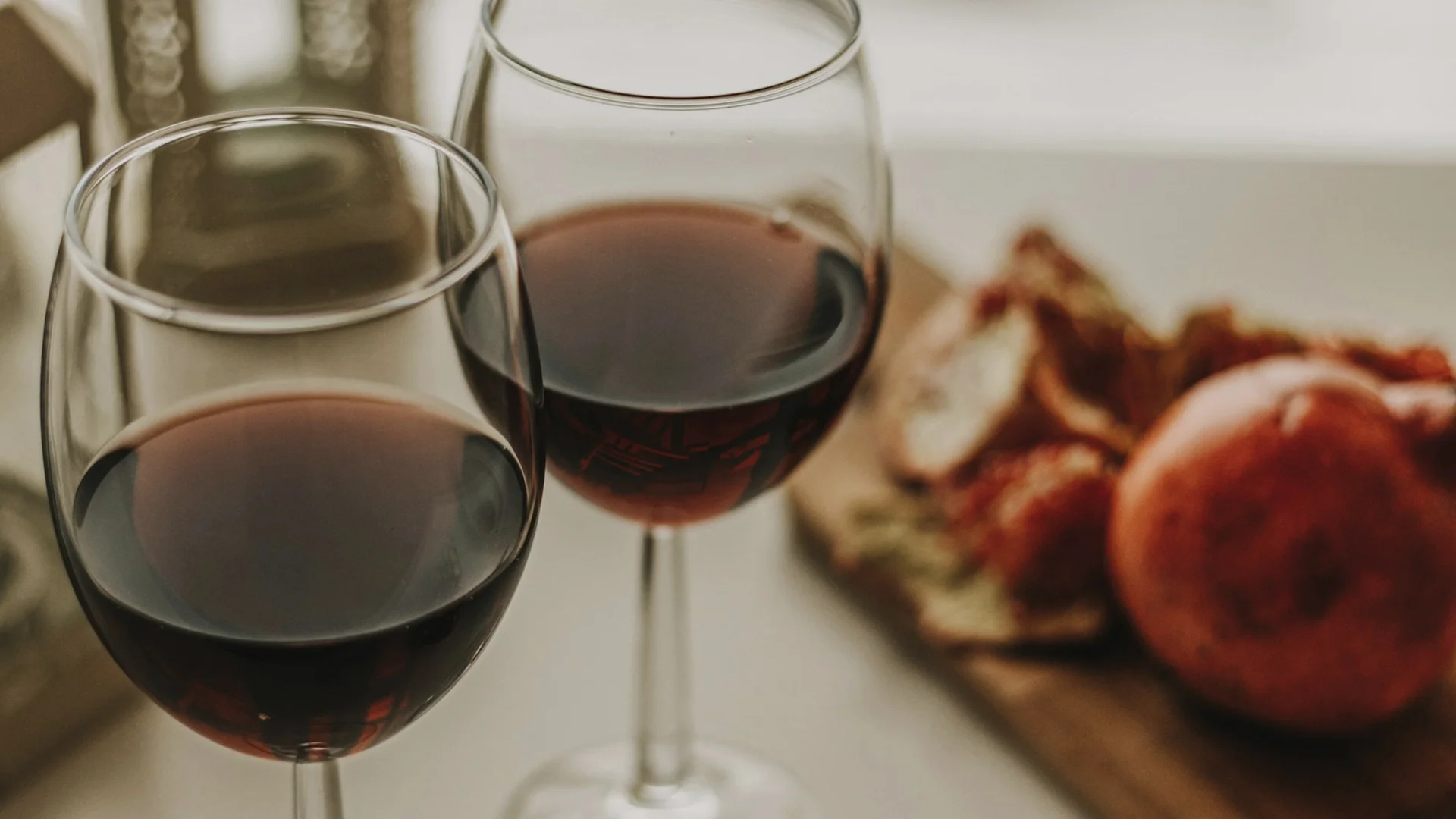


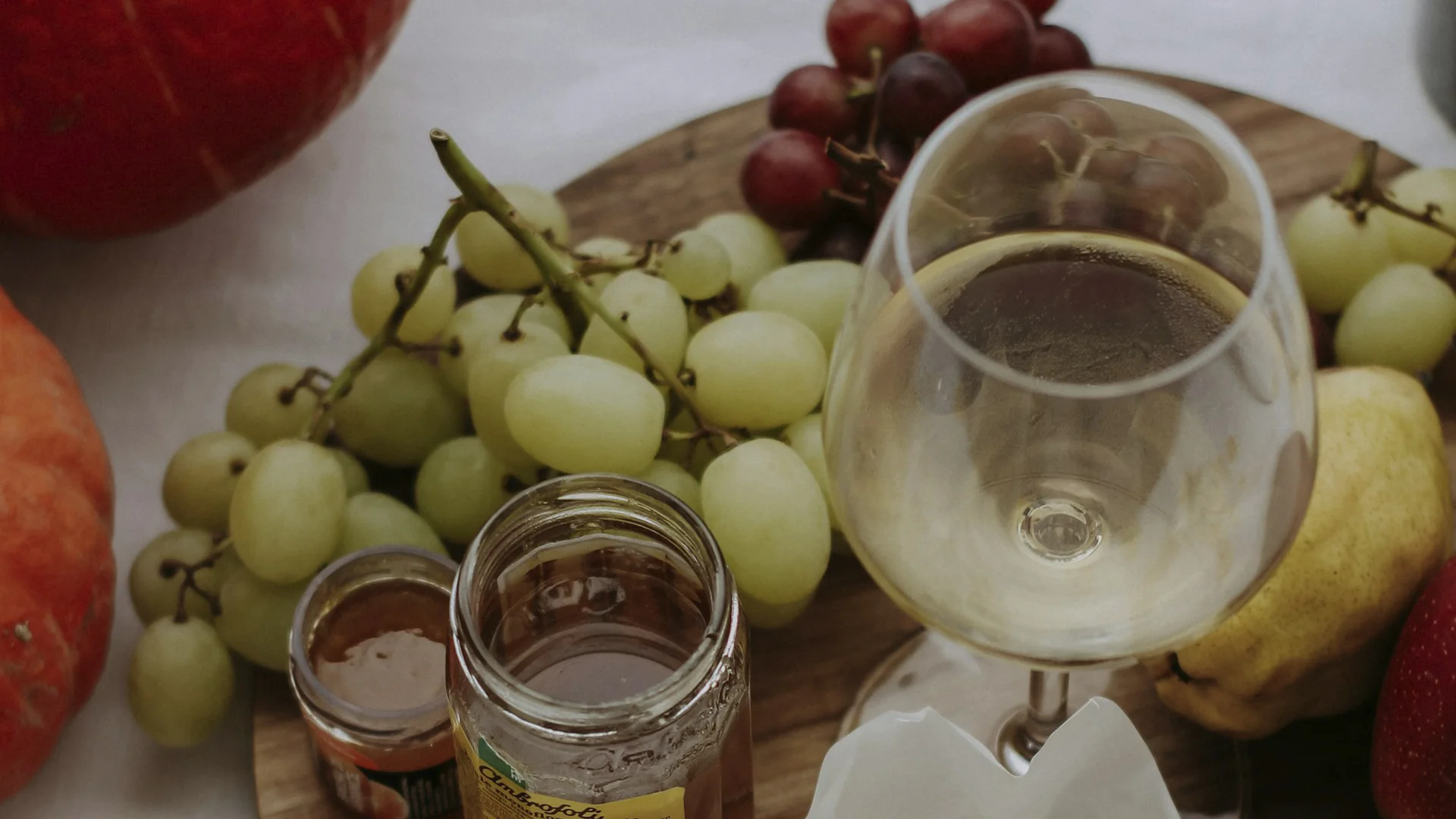



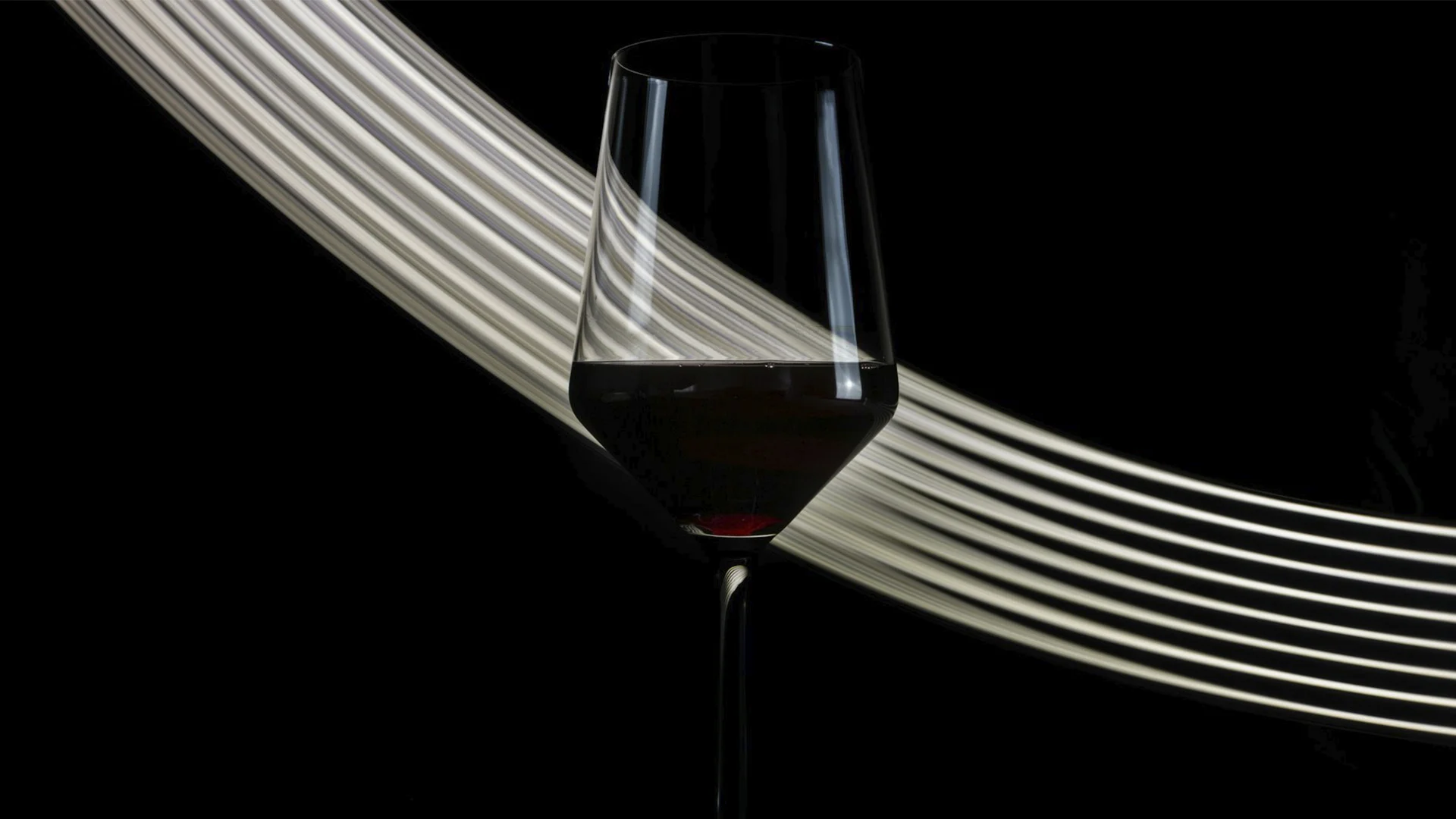



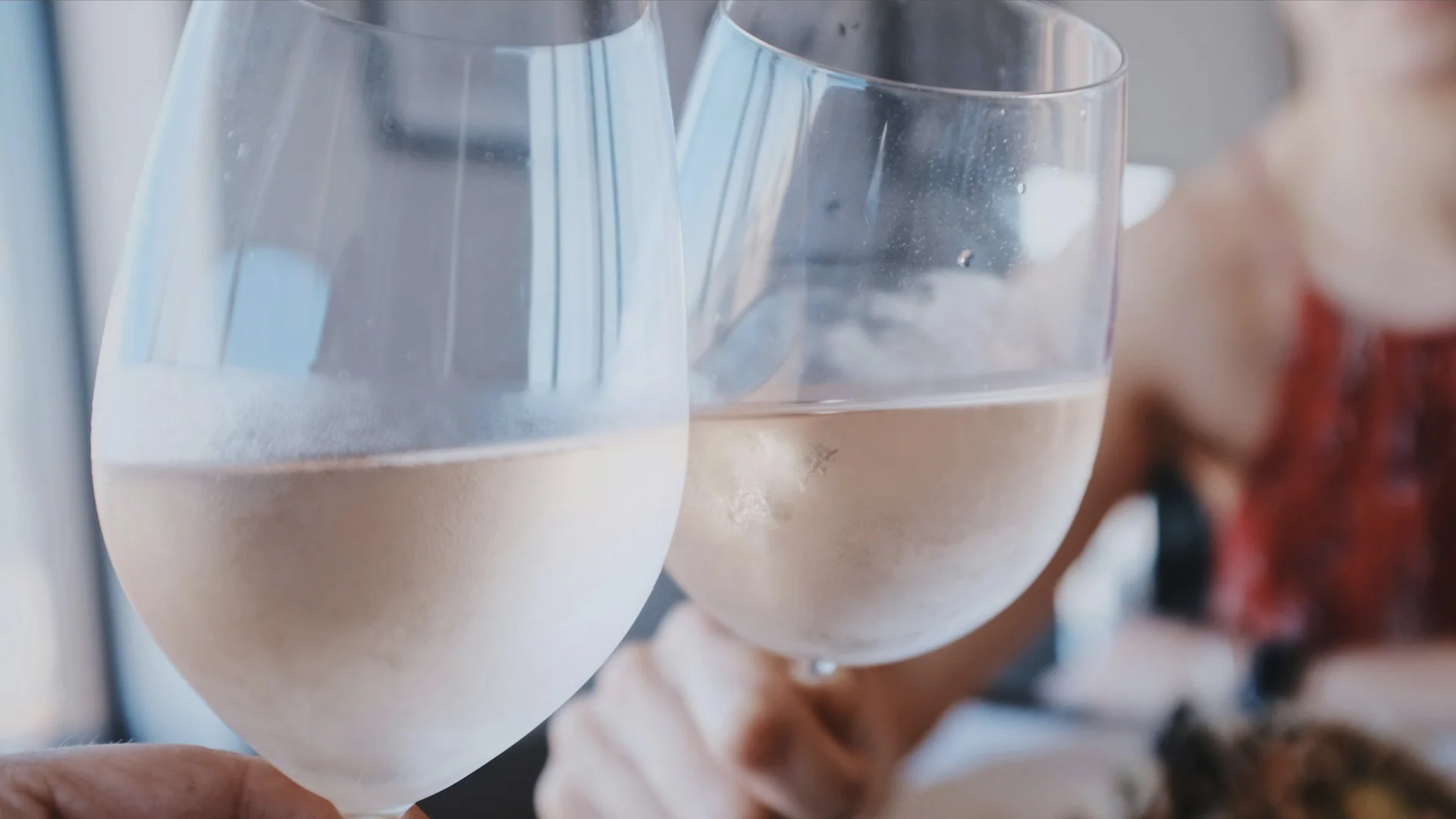




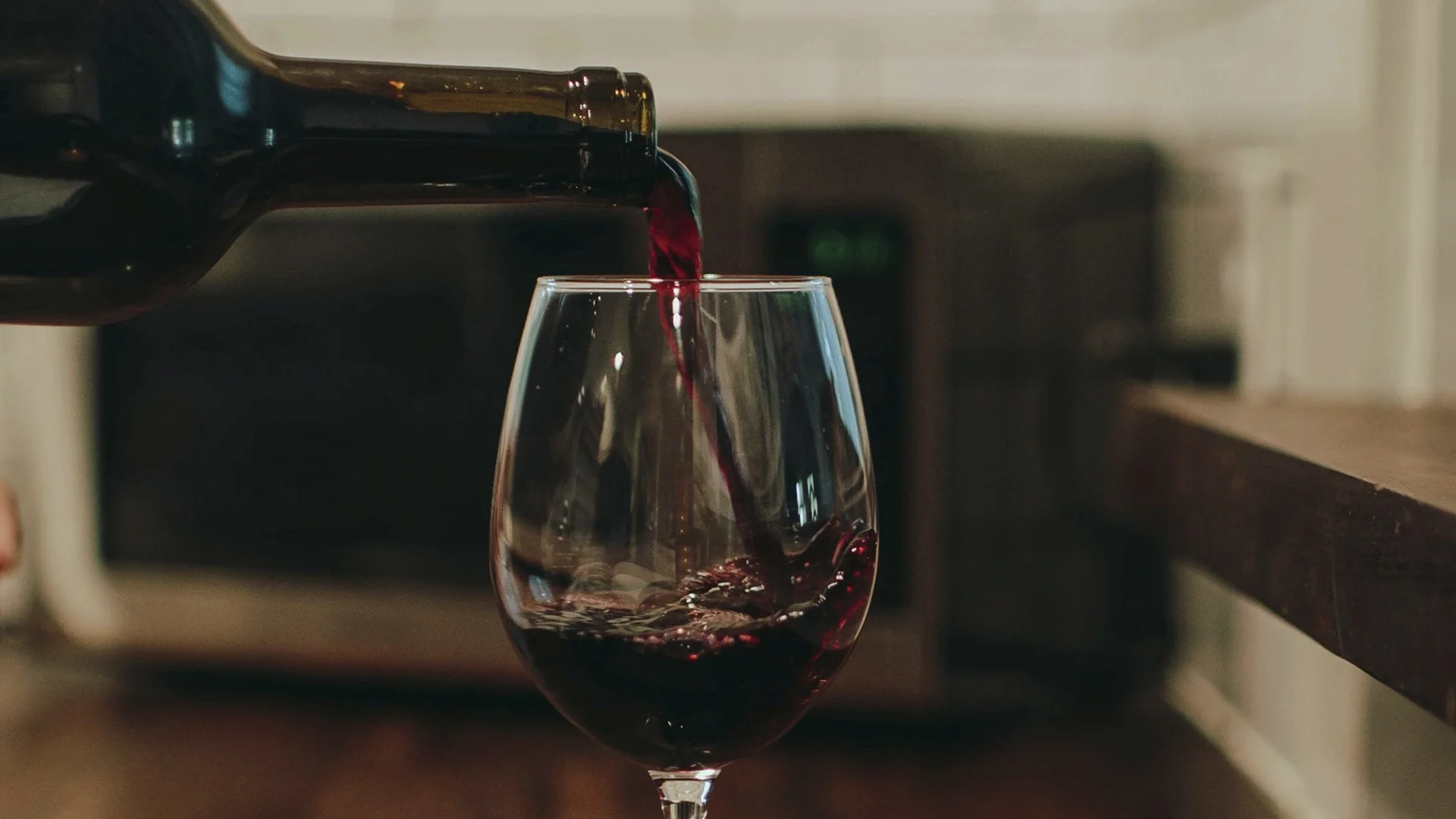



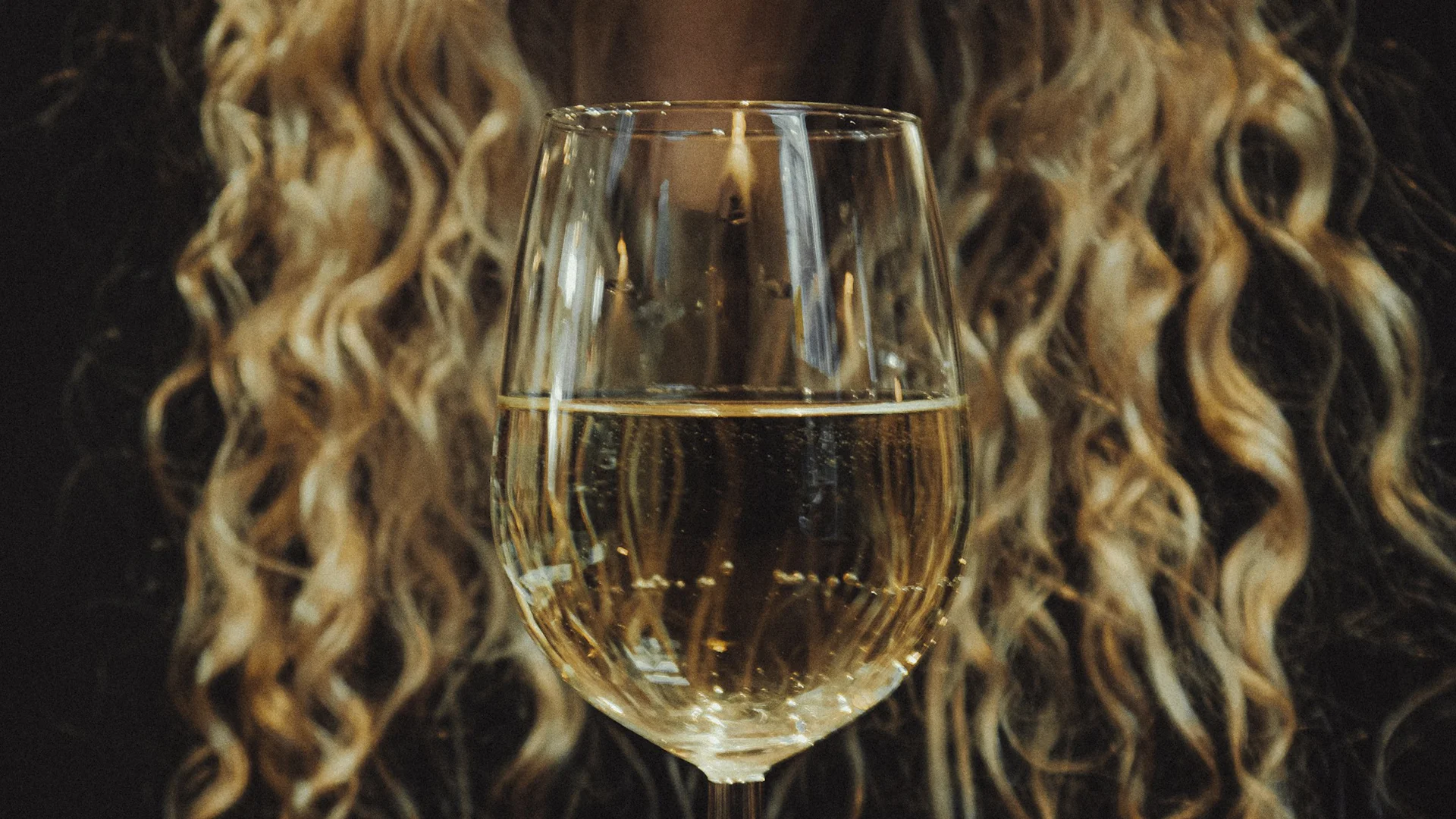

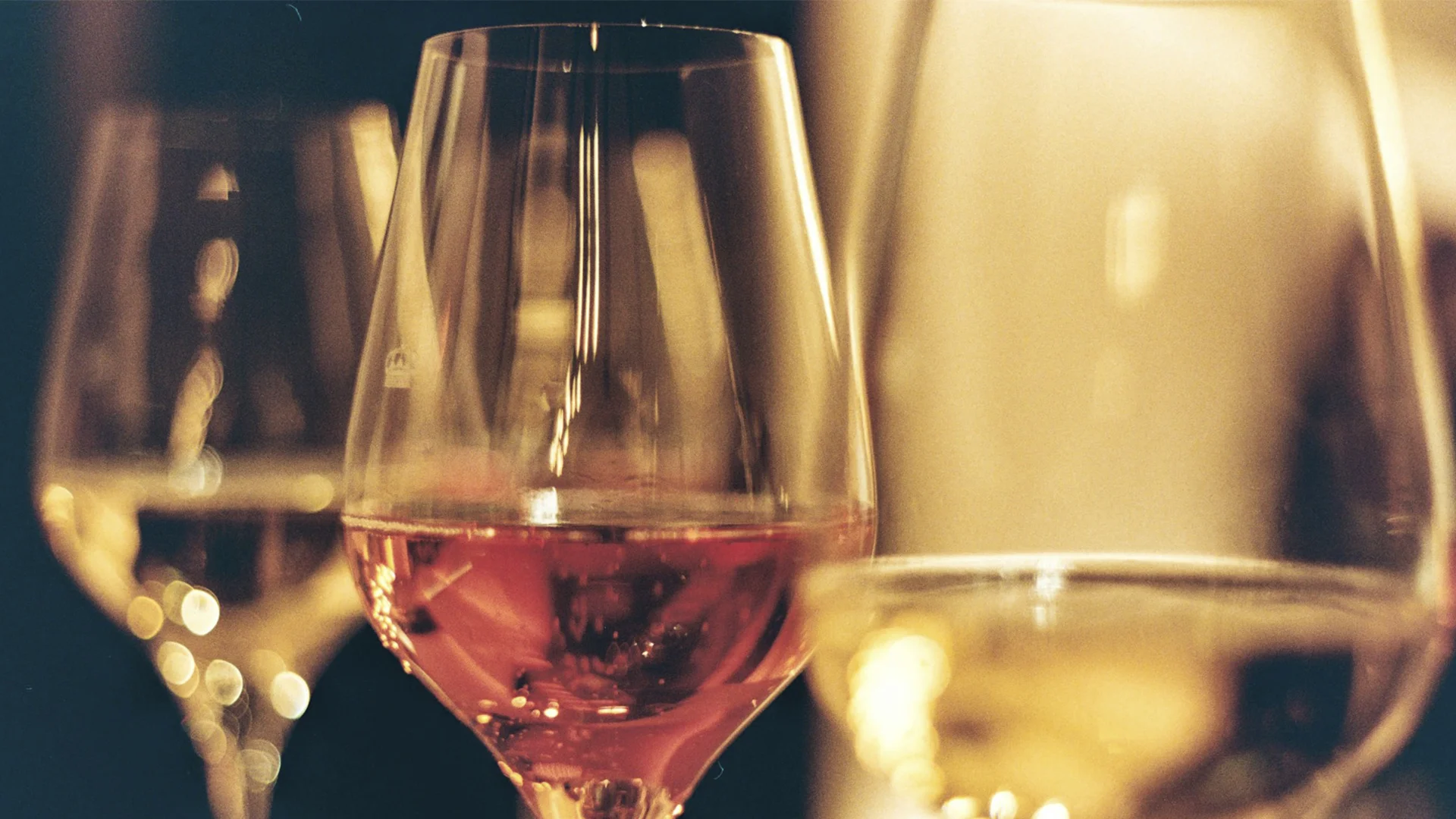
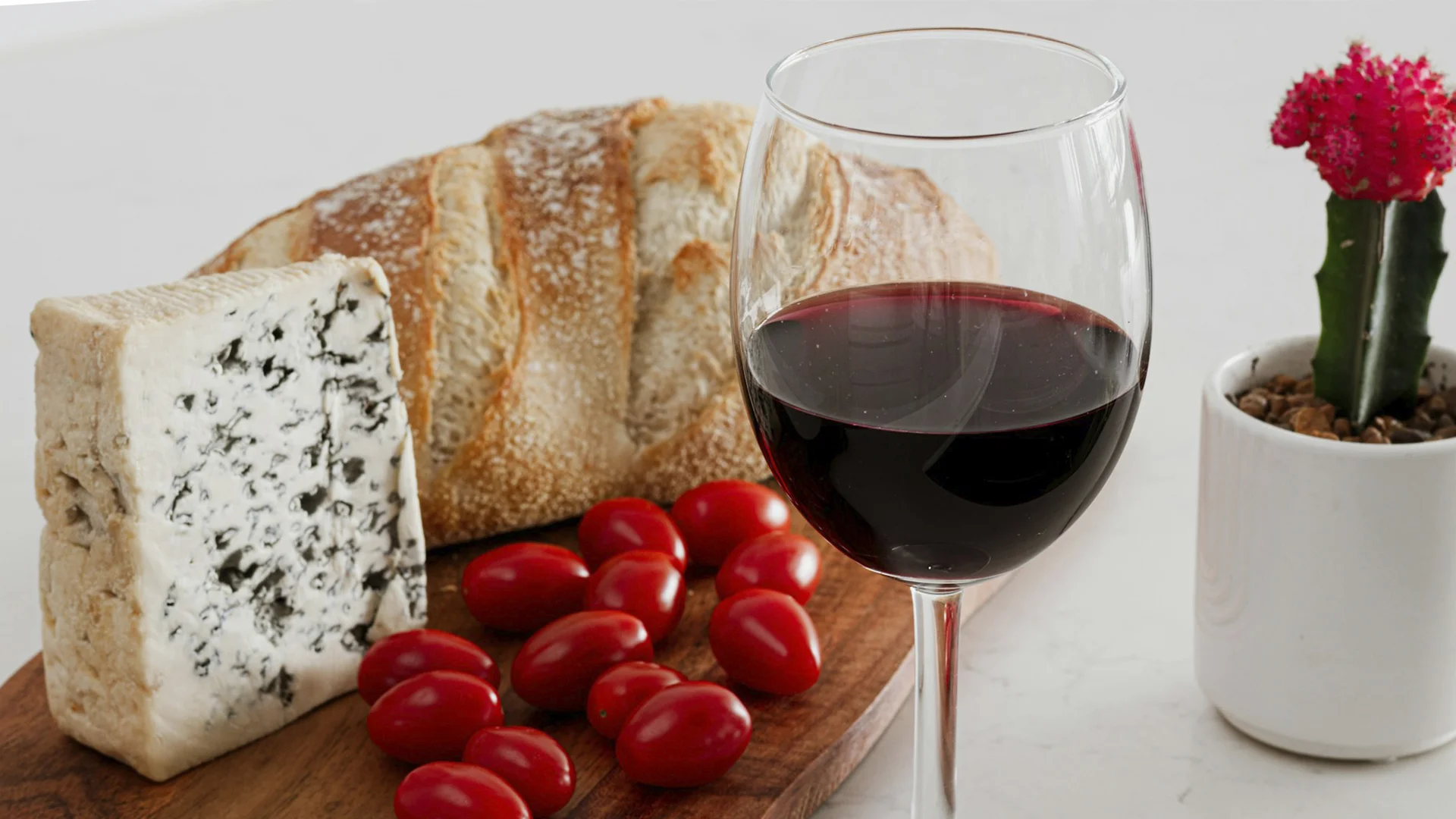

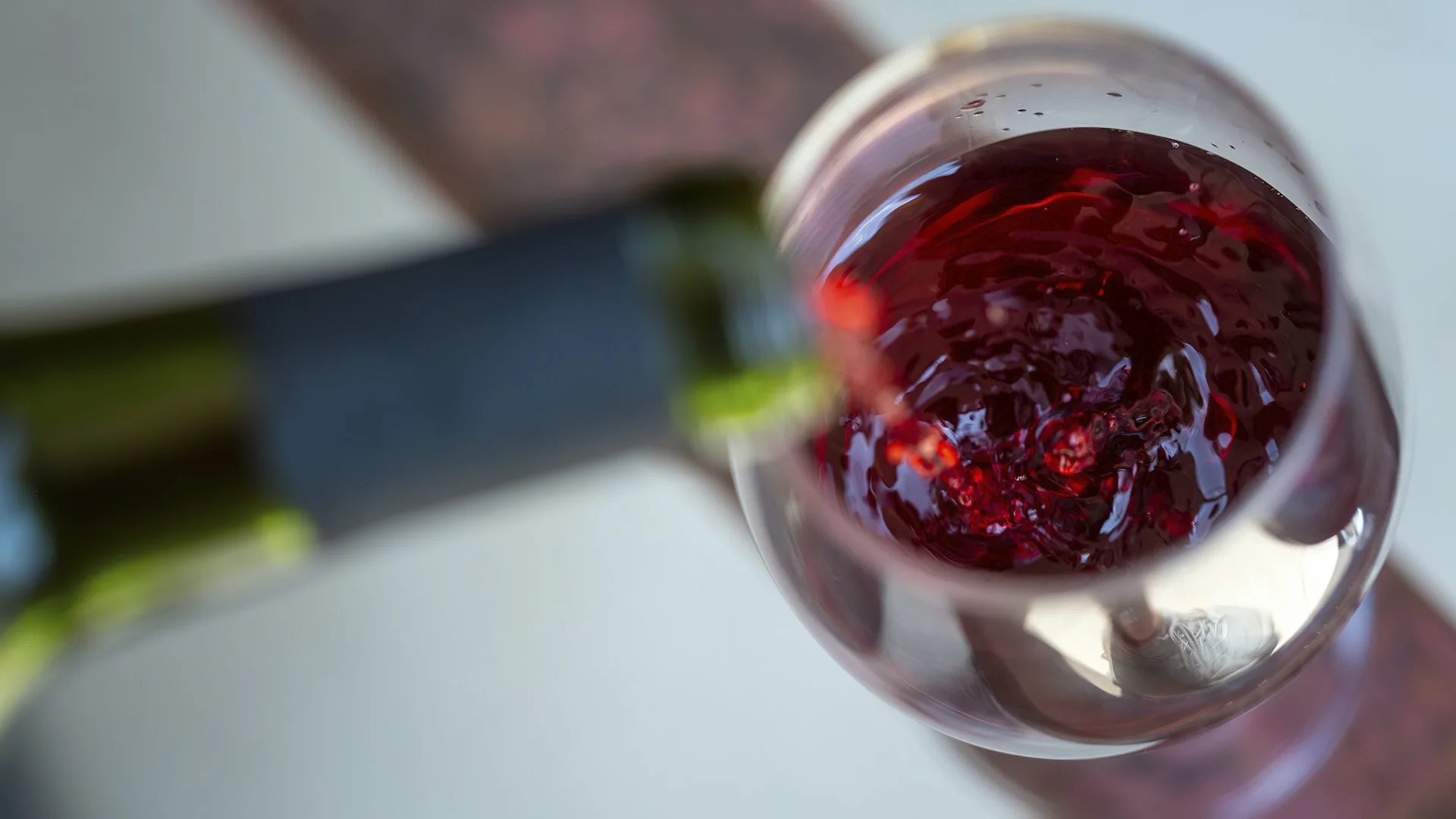


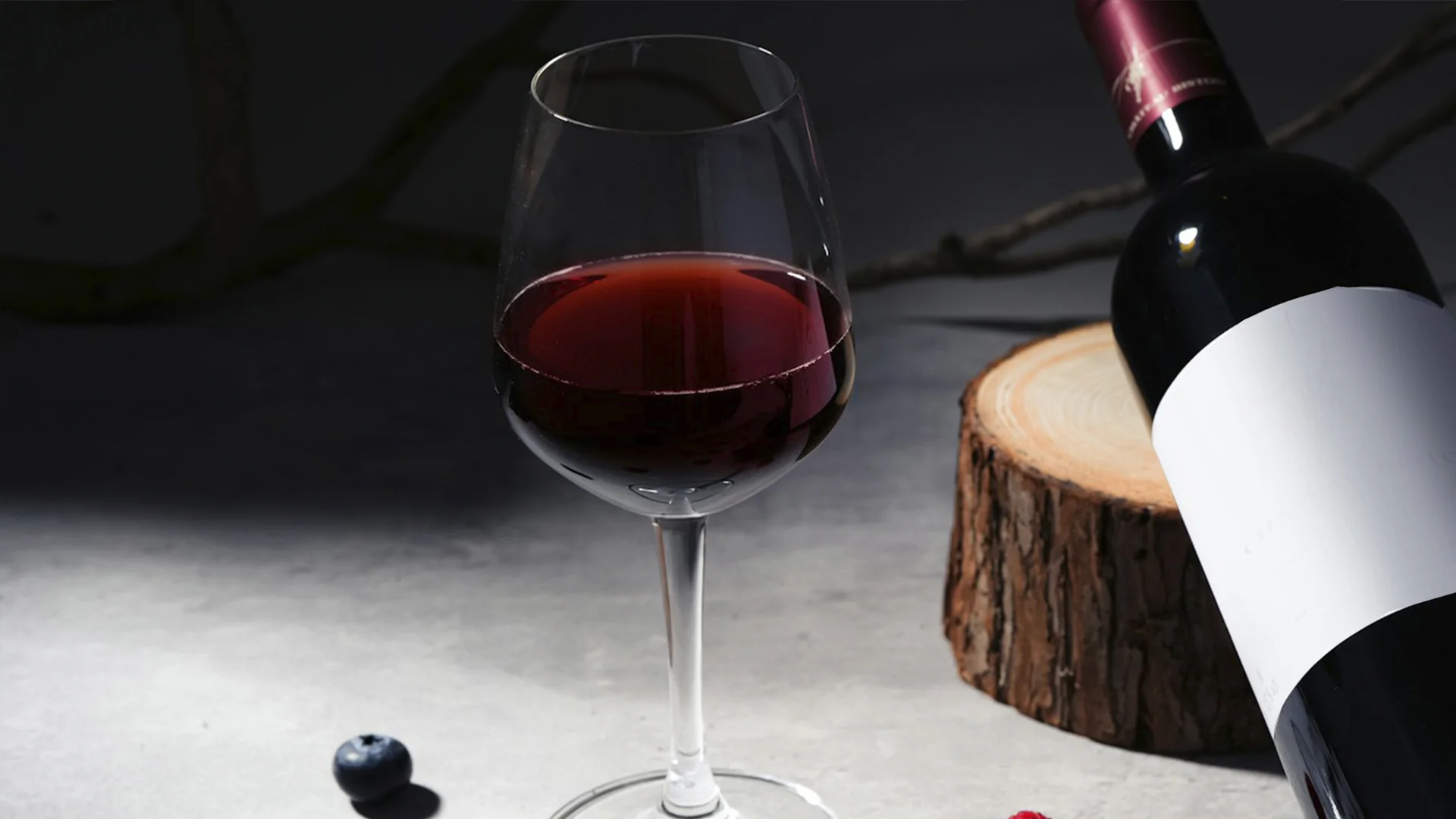
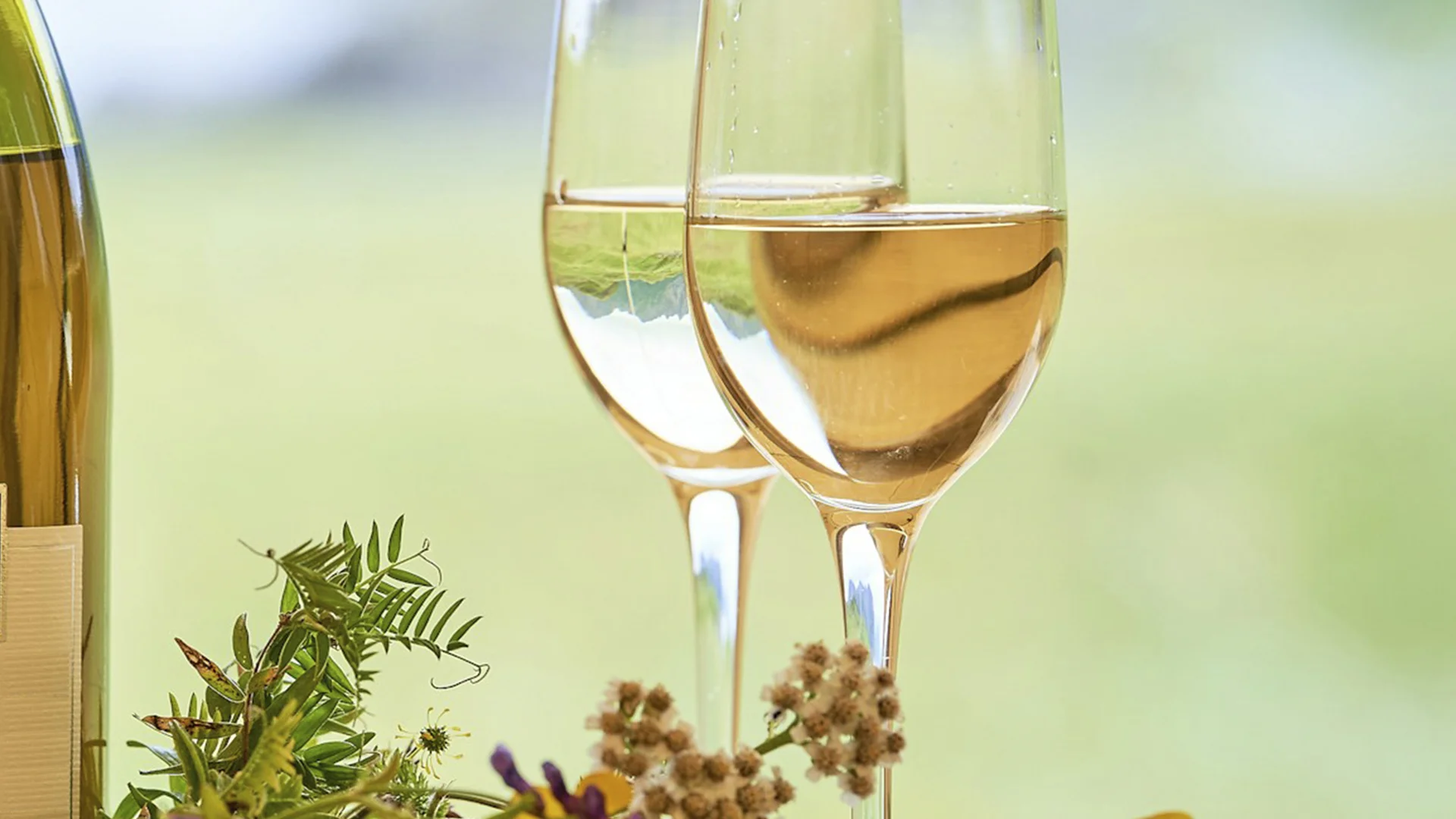
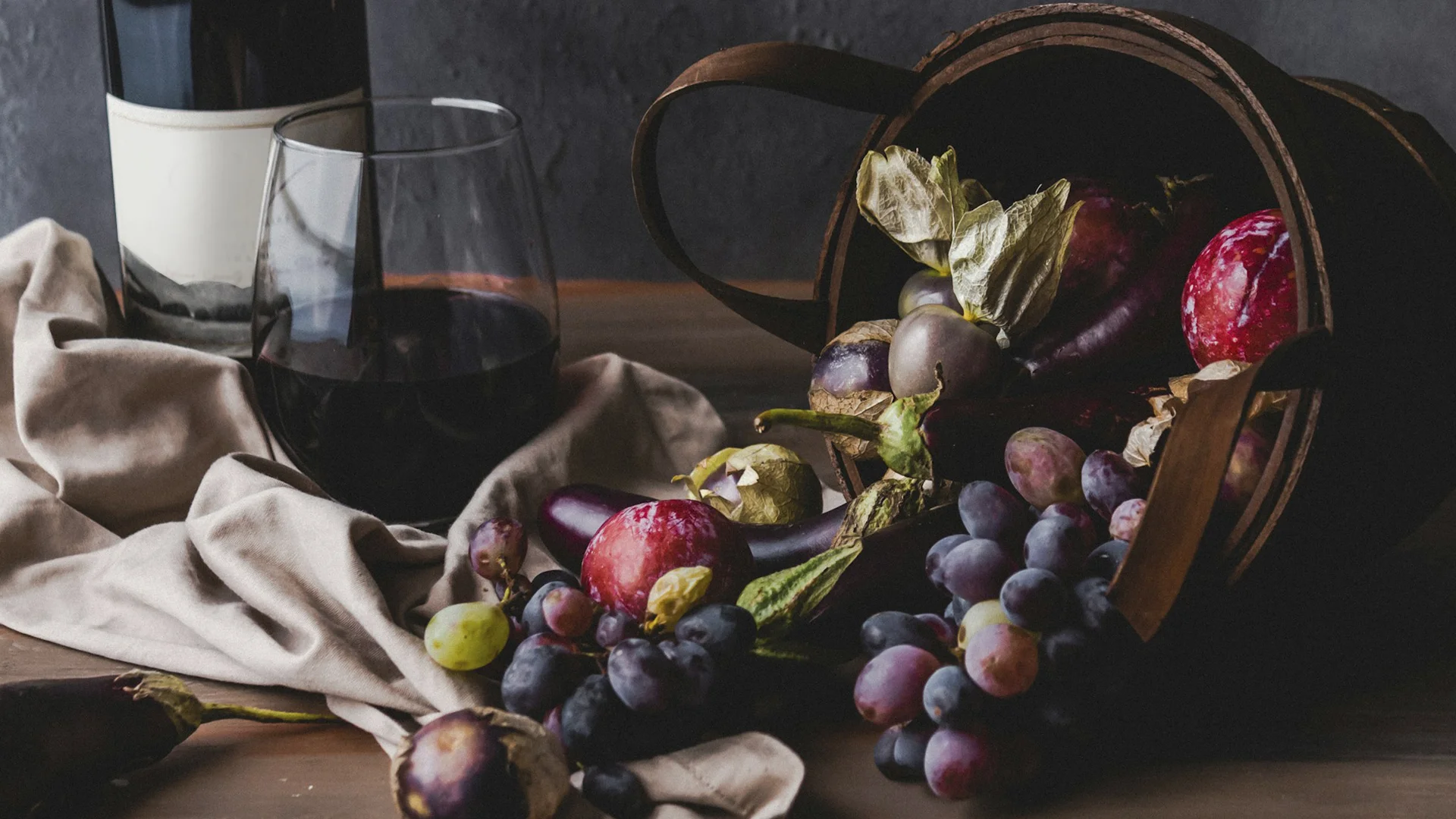
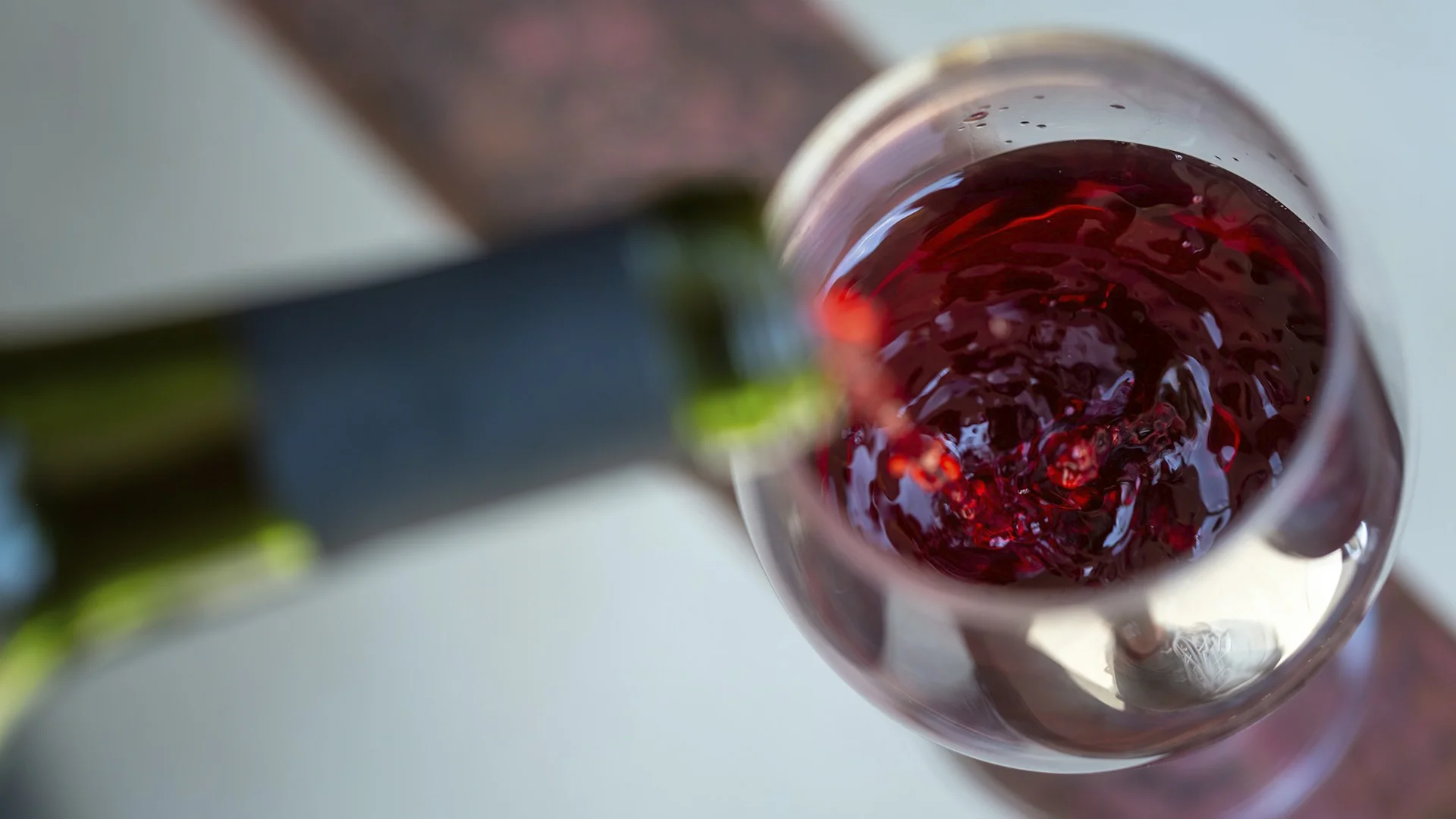
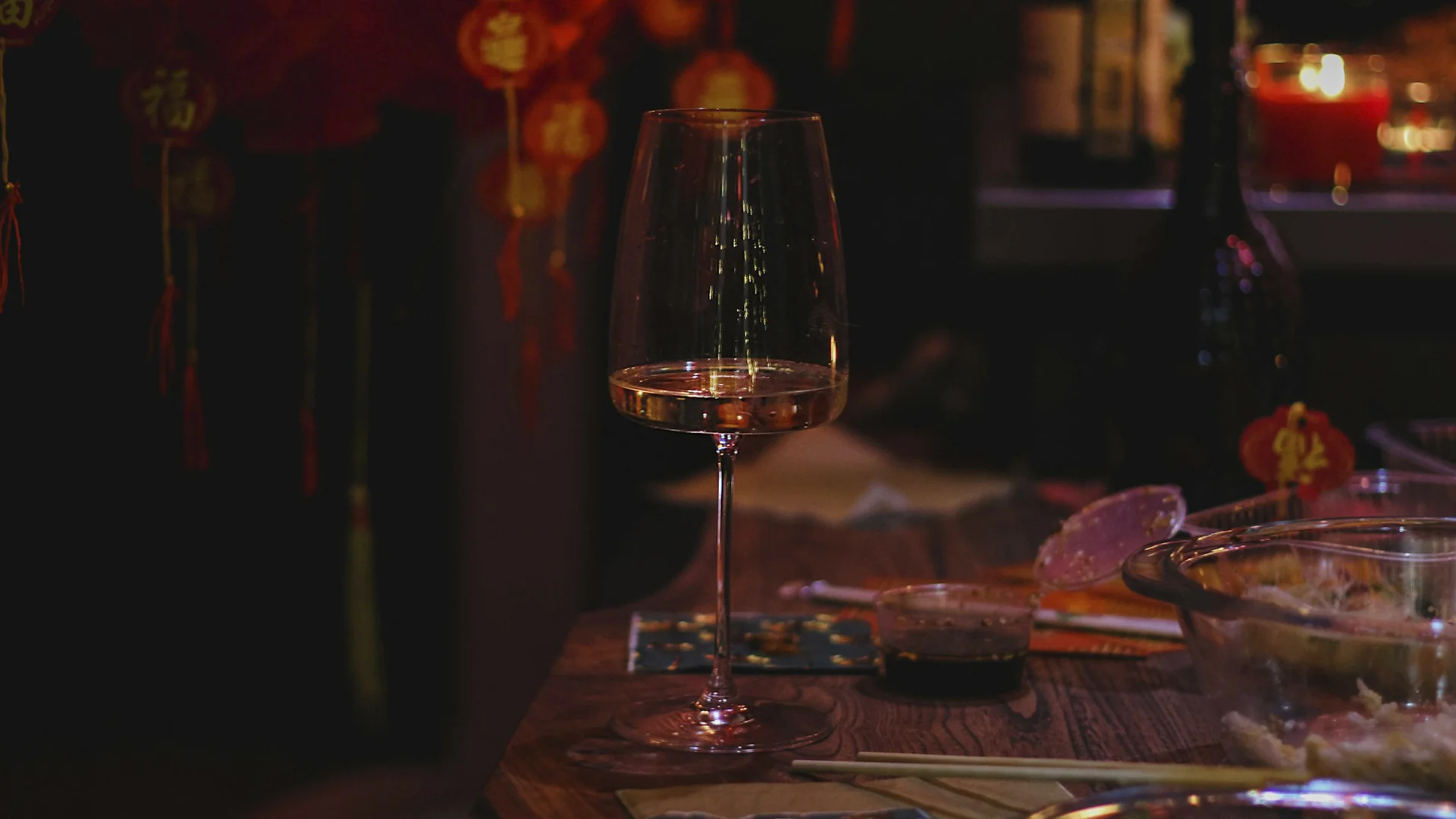






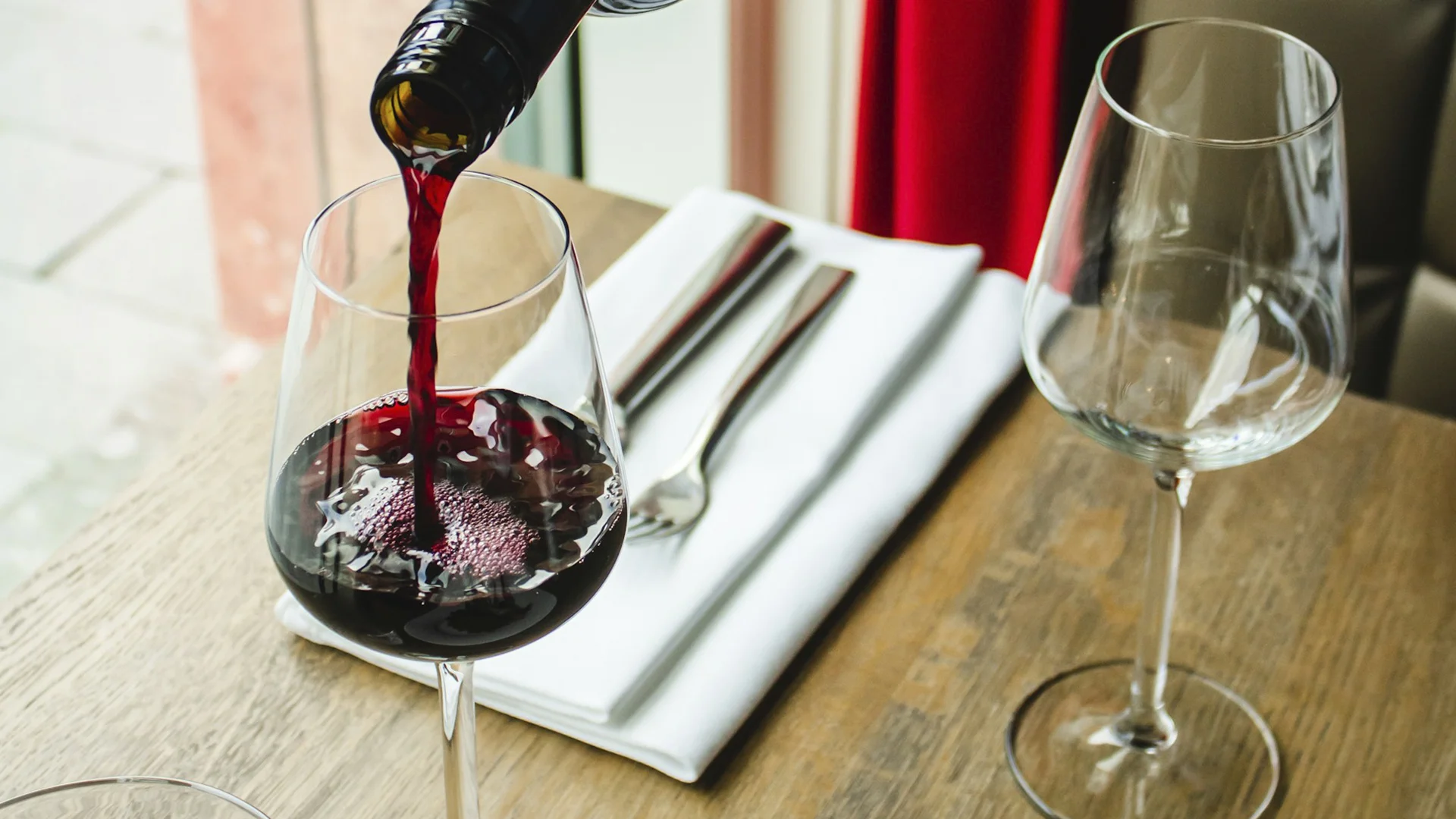












.webp)

.webp)
.webp)
.webp)



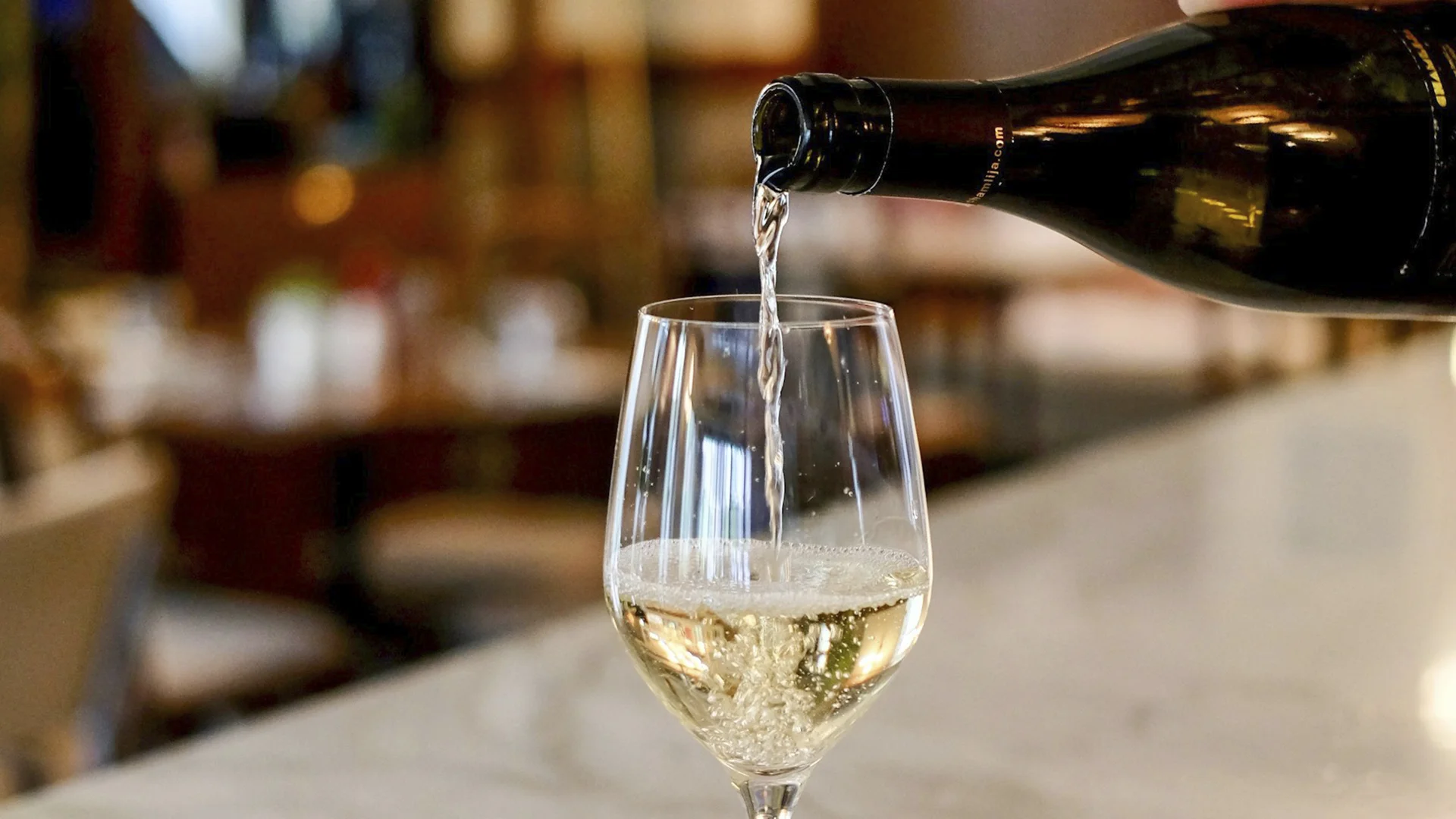


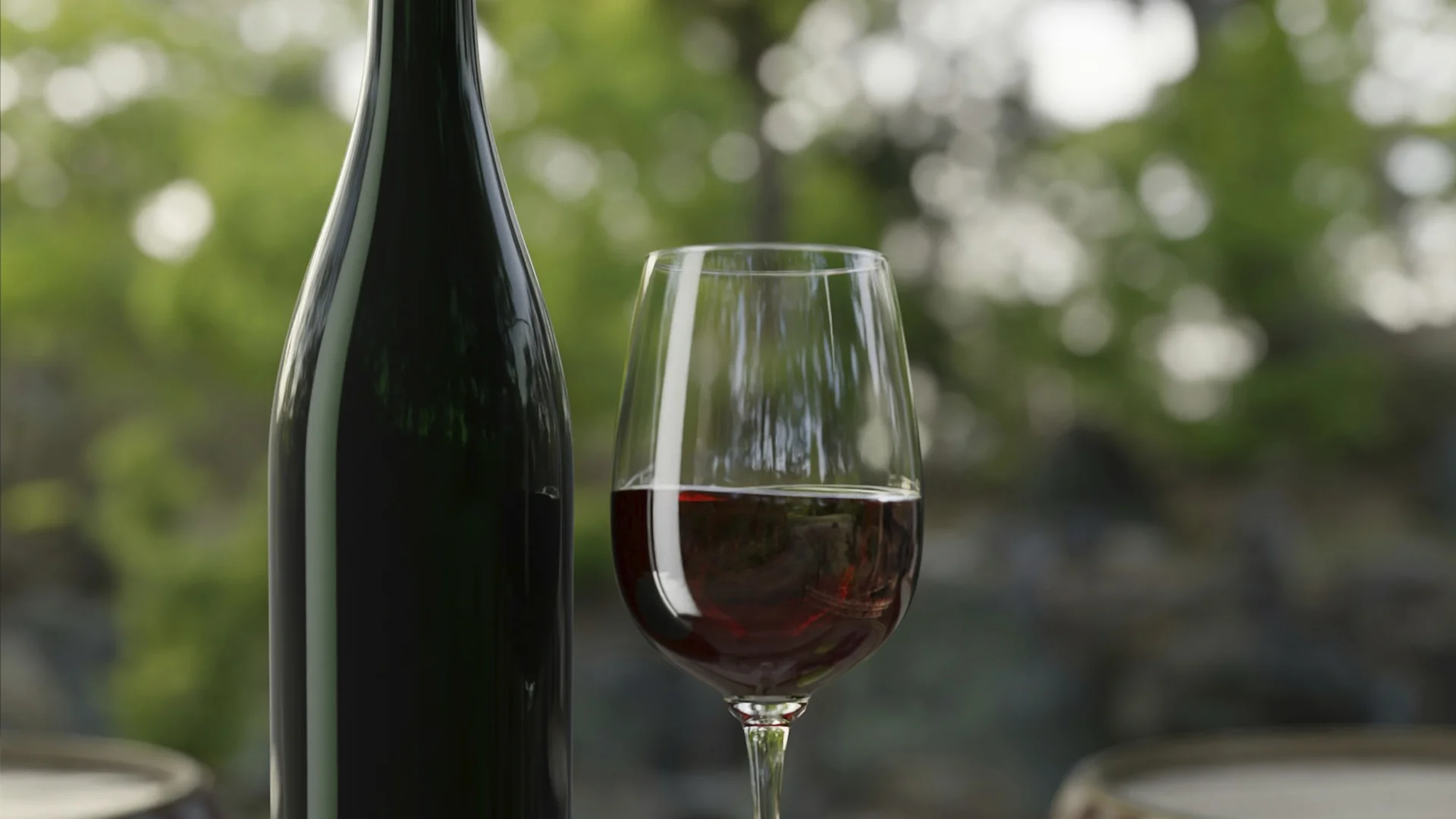



















.webp)













Are you interested in
collaborating with us?